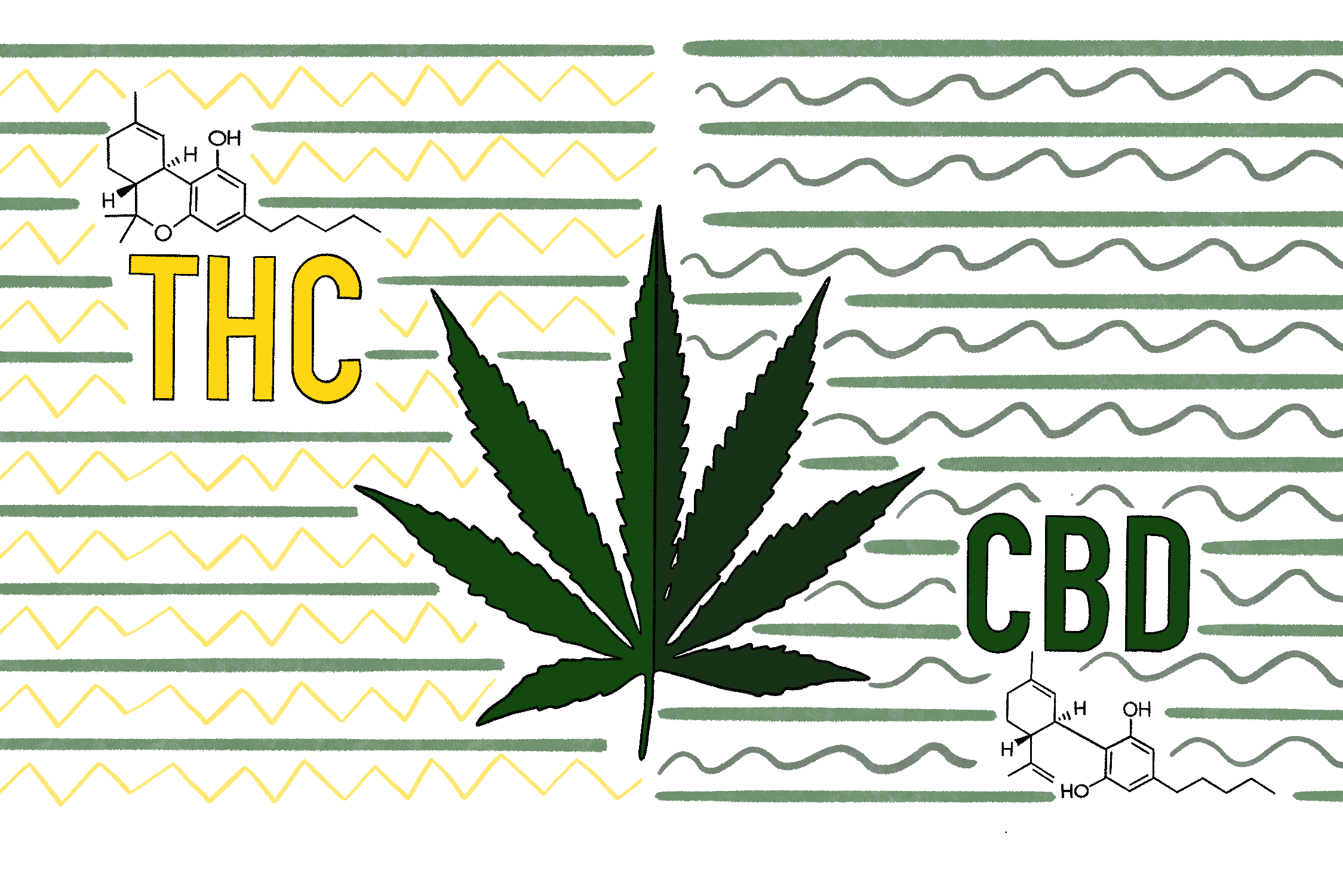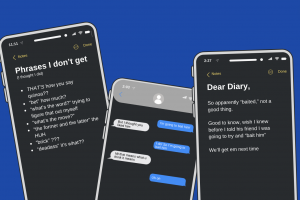CBD shops are popping up all across New York, vape pens are becoming marijuana smoker’s new hobby and in general, ingesting marijuana and CBD is now easier and more readily available than ever before.
But, there’s one crucial element missing from the conversation about legalizing recreational marijuana: THC levels.
THC, more properly known as tetrahydrocannabinol and as the main psychoactive chemical compound in marijuana, has been steadily rising over the last few decades — creating extremely potent and in some cases, dangerous highs.
With legalization efforts and state leaders contemplating recreational marijuana’s fate in New York, it’s time to know a little more about the substance that could soon be sold with little to no regulation, all over the state.
Knowing the basics
Cannabinoids are the chemical compounds found in marijuana, and there are hundreds of them. THC and CBD are two of the most prominent of the cannabinoids and are responsible for the bulk of marijuana’s effects on the body and brain.
Receptors are the areas in the brain and body that are impacted by cannabinoids. Cannabinoids, along with their receptors, make up the Endocannabinoid system.
So, in very simple terms, when THC enters the brain it binds to the cannabinoid receptors, and stimulates the brain’s reward system to release higher levels of dopamine creating the high everyone speaks so fondly about.
But, when too much of THC is released into the brain, it can overwhelm the Endocannabinoid system, and interfere with the normal firing of neurons, essentially throwing the whole system off balance. THC can impact brain function in many areas of the brain such as pleasure, memory, thinking, concentration, movement and coordination along with sensory and time perception.
THC vs. CBD
The potency of THC in marijuana has been on the rise in recent decades. According to a 2016 National Health Institute study, levels of THC from marijuana seized by the DEA were approximately 4% in 1995. By 2014, the levels tripled to 12%.
“While THC has numerous negative effects, CBD can counteract to lessen THC’s effects,” said assistant research professor Elizabeth Aston with Brown University’s Department of Behavioral and Social Sciences.
Instead of a mind-altering effect, CBD causes what smokers call a “body high.” When a person’s anxiety appeases, their muscles relax much like sinking into the comfort of a couch.
Nowadays, CBD is being marketed to help with anything from sleeping problems to temporary epilepsy treatments for children. But just as levels and potency of THC are rising, levels of CBD in marijuana are falling — from about 0.28% in 2001 to less than 0.15% in 2014.
Strains with a high level of THC content are actually unable to produce as much CBD. For example, take the “Girl Scout Cookie” strain that is considered a favorite among Colorado residents that has only 0.09-0.2% CBD and between 17-28% THC.
A high THC potency strain is considered to be anything that measures more than 15% but Aston said strains in dispensaries are at least 15% and usually higher. Concentrates like shatter, wax and dabs and that you can also buy at dispensaries can be upwards of 80% THC.
The “Girl Scout Cookie” strain’s THC effects will outweigh everything else and lead to a more intense psychoactive effect, but also the possibility of an anxiety episode or panic attack. Ingesting high-potency cannabis on a daily basis increases the chances of having a psychotic episode.
Health risks
Keith Humphreys, a psychiatry and behavioral sciences professor at Stanford University, said states where marijuana is legal are seeing impacts hospitals and the healthcare system because of products with higher THC levels.
“With these high strength products we’re seeing people show up at the emergency room in a psychotic state,” Humphreys said. “They’re out of touch with reality, paralyzed with anxiety, don’t know what’s going on.”
The intense side effects of high potency THC strains are a growing concern to drug and addiction specialists such as Humphreys because users are more likely to develop cannabis abuse disorder, a dependency on the drug.






